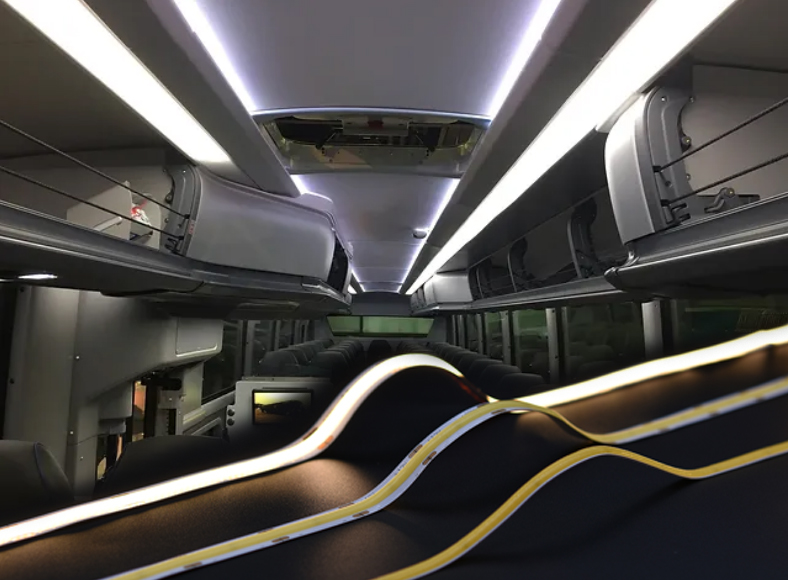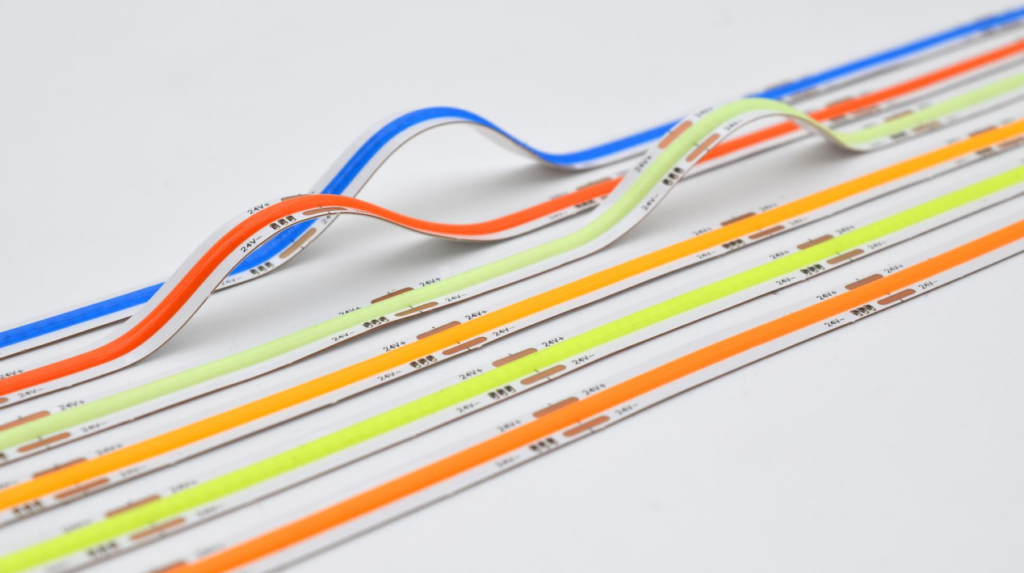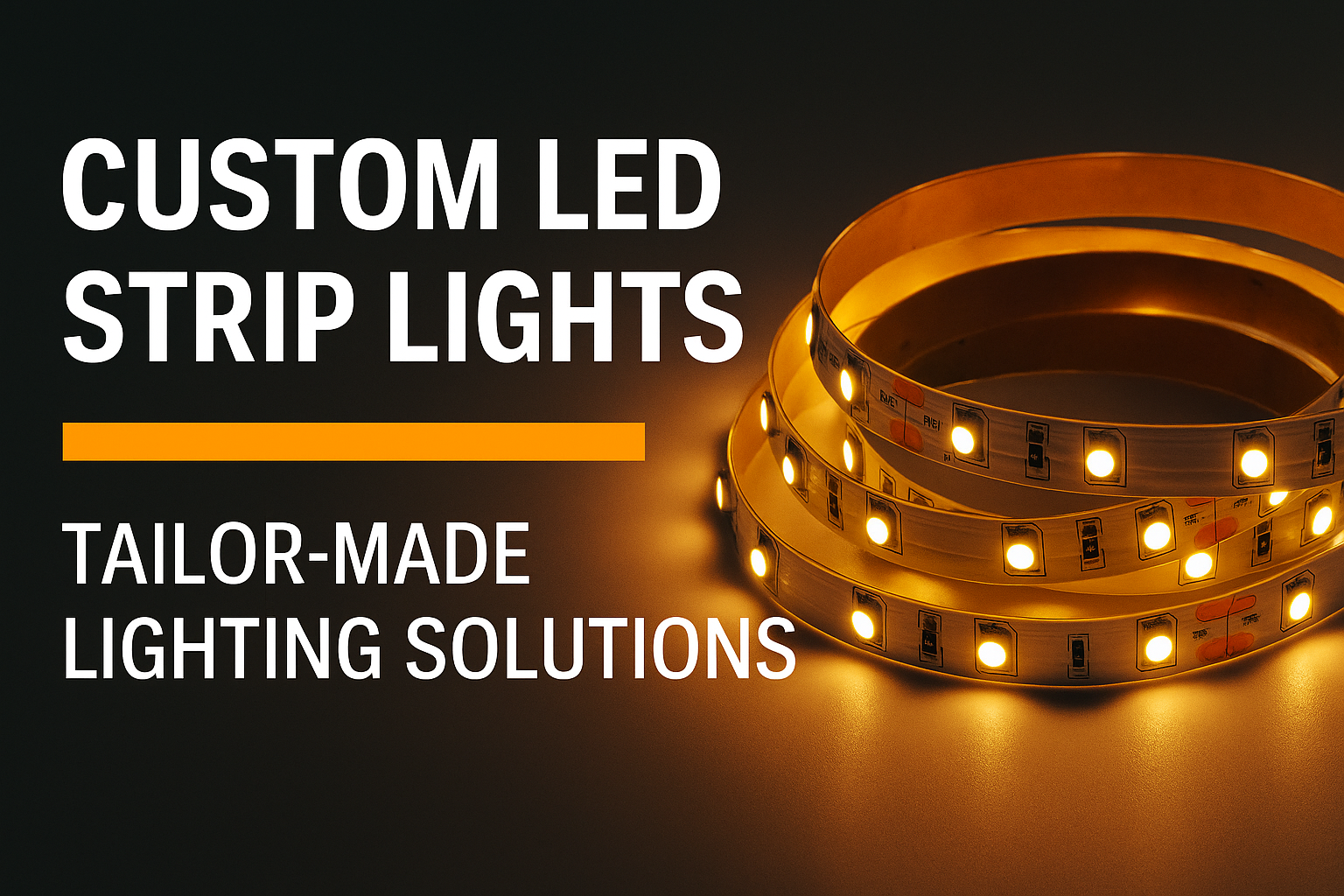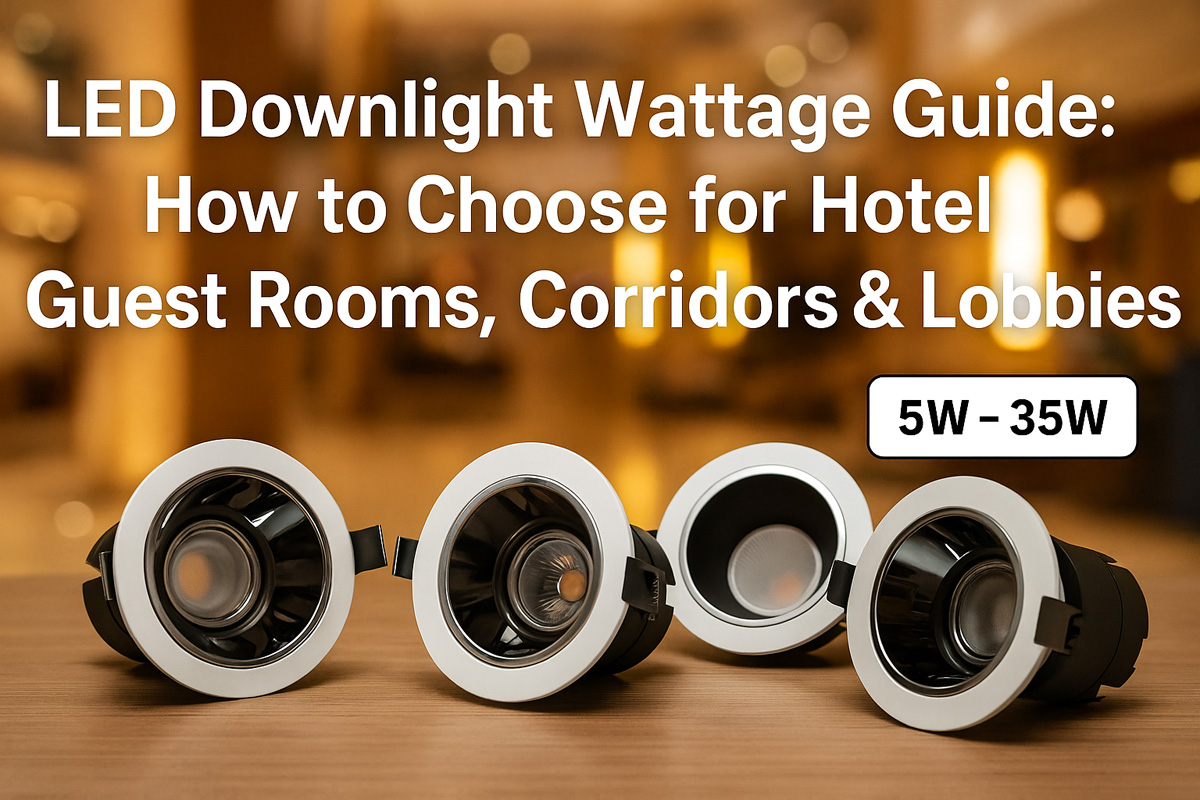Installing LED strips in buses can enhance passenger experience and operational efficiency, but the installation requires careful planning. From electrical compatibility to environmental durability, there are key factors that must be addressed.
LED strips in buses need to meet specific technical, safety, and environmental requirements. Factors such as voltage compatibility, protection ratings, fire resistance, control integration, and secure installation are all crucial for long-lasting and safe lighting systems in buses.

Now that we understand the importance of a careful approach, let’s break down the critical aspects to consider when installing LED strips on buses to ensure both safety and functionality.
Question 1: How do you ensure the correct voltage and power supply for LED strips in buses?

Ensuring the LED strips are compatible with the bus’s power system is essential for safe operation.
The bus’s power supply typically operates at 12V or 24V DC. It’s important to verify that the LED strip voltage matches the bus’s electrical system. Additionally, the LED driver must be chosen to match both the voltage and current requirements of the strip, with built-in overload, short-circuit, and overheat protection for safety.
Question 2: Why is the protection rating (IP rating) important for LED strips in buses?

Given the demanding environment inside buses, the right protection rating ensures longevity and performance.
Buses are exposed to vibrations, moisture, and dust, making it vital to choose LED strips with an appropriate IP rating, such as IP65 or higher. This ensures they are dustproof and waterproof, providing stable operation even in challenging conditions.
Question 3: What safety and fire resistance standards should be followed when installing LED strips in buses?
Fire safety is critical in confined spaces like buses, where electrical equipment can pose risks.
LED strips and their electrical components must meet fire safety standards, such as UL or CE certification. Materials should be fire-resistant, and proper ventilation should be maintained to prevent overheating, reducing the risk of fire hazards in the enclosed space of a bus.
Question 4: How do you integrate the LED strips with the bus’s control system?

Integrating the LED strips with the bus’s control system allows for flexible and dynamic lighting adjustments.
For buses with dynamic lighting needs, such as adjusting brightness or color, make sure the LED strips are compatible with the bus’s ECU system. Choose a dimmer or color temperature controller that supports PWM dimming and integrates well with the bus’s control protocols (e.g., CAN bus).
Question 5: How should LED strips be securely installed and wired in buses?

Secure installation ensures that LED strips perform reliably without interfering with the bus’s operations.
LED strips should be installed in locations that do not obstruct the driver’s view or interfere with passenger safety. The wiring should be routed through dedicated channels, and all connections should be waterproof and vibration-resistant to avoid potential shorts or damage.
Question 6: What considerations should be made for vibration resistance and stability?
To avoid potential damage, LED strips need to be secured properly to withstand the vibrations inherent in bus movement.
Due to constant vibrations, it’s essential to choose LED strips with strong adhesives or mounting accessories. The strips should be fastened securely using clips or brackets, and the installation should prevent any shifting that could result in electrical failure or physical damage.
Question 7: How do you balance aesthetics and functionality when selecting LED strips for buses?
The choice of brightness and color temperature plays a key role in setting the right mood and functionality for bus interiors。
Choose LED strips that offer the right brightness and color temperature for the intended use, such as white LED strips for general lighting or RGB strips for decorative effects. Some systems allow for dynamic lighting, adjusting brightness based on time of day or passenger volume, improving comfort and energy efficiency.
Question 8: What legal and regulatory requirements must be followed for LED strip installation on buses?
Compliance with industry standards and local regulations is essential to avoid legal issues and ensure safety.
Ensure that all LED strips meet relevant safety standards and certifications, such as CE or UL, and comply with local transportation regulations. This may include fire safety, electrical safety, and environmental protection standards.
Question 9: How do you ensure the LED strips are easy to maintain and replace?
Long-term maintenance should be considered during installation to avoid costly repairs down the road.
When installing LED strips, ensure that the components are easily accessible for future maintenance or replacement. Regular checks and periodic maintenance will extend the lifespan of the lighting system and ensure it continues to function optimally.
Question 10: How can LED strips contribute to energy efficiency and environmental sustainability in buses?
Choosing energy-efficient LED lighting helps reduce operating costs and supports green transportation goals.
LED strips are highly energy-efficient and can significantly reduce the overall power consumption of buses. Additionally, by selecting eco-friendly LED materials that are free of hazardous substances, buses can align with sustainability initiatives and reduce their environmental footprint.
Conclusion:
Installing LED strips in buses requires careful attention to electrical compatibility, safety standards, environmental factors, and aesthetic considerations. By selecting the right products and ensuring proper installation, buses can enjoy reliable, efficient, and dynamic lighting solutions.






